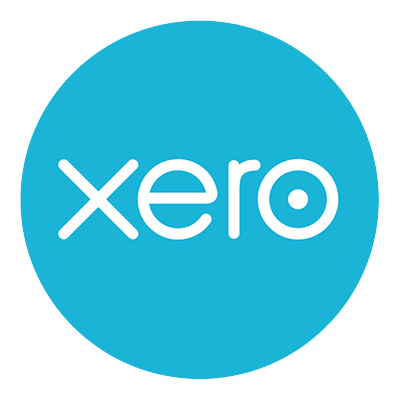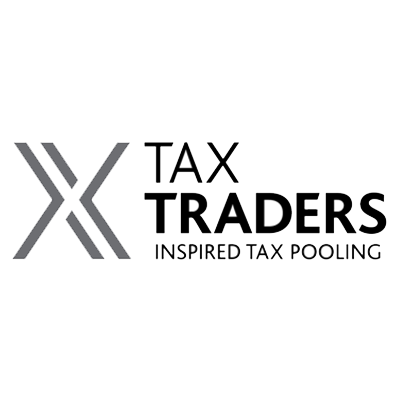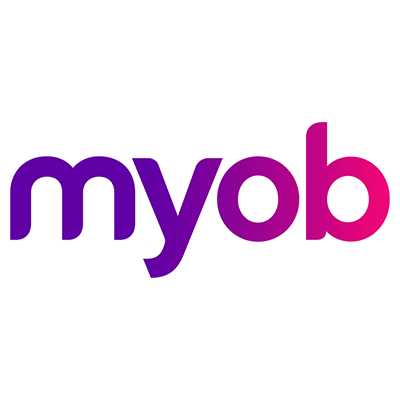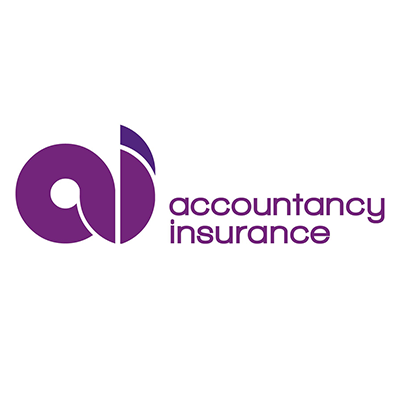What is a mixed-use asset?
Basically it’s limited to being one of three types:
- Land (and land improvements, including any dwellings);
- Boats, ships and other craft used in and under water; and,
- Aircraft.
With respect to the latter two asset classes, the rules only have application to assets that cost more than $50,000 (or have a market value of $50,000 or more when the asset was not acquired for market value).
The final two qualifications to being deemed a mixed-use asset, are that the asset must be used by a person in an income year partly to derive income and partly for private purposes, and the asset is not used for at least 62 days in the year.
So it’s an income year test, an asset that may be considered a mixed-use asset for a particular income year, not necessarily a mixed-use asset in either the preceding or following income year.
The rules were first introduced in the 2014 income year for land (the following income year for boats and aircraft), in an attempt to more accurately apportion expenditure as either deductible or non-deductible, based on the actual use of the asset. Prior to the introduction of the rules, provided an asset was ‘available’ for deriving income, all of the expenditure was deductible in the first instance, perhaps with a subsequent private use adjustment to reflect any personal use of the asset.
When considering what amounts to the private use of the asset, the definition includes such use by the person that owns the asset or by an associated person of theirs. Private use also arises if the mixed-use asset is used by a person (whether the owner, an associate or not) when income derived from the use of the asset is less than 80% of the normal market value consideration.
The basic concept of the rule, is to work out the total number of days that the asset was actually used during the income year, and divide the income earning days by that total, to obtain your deductible expense percentage. You need to work out how much private and business use each asset gets, as this decides how much income you declare and what expenses you can claim.
Type of mixed-use expenses
When considering a mixed-use assets expenditure, there are three categories –
- Fully deductible expenses: Those expenses that relate solely to the income earning use – advertising the asset for rental is a clear example. You can claim 100% of this expenditure as usual.
- Non-deductible expenses: Those expenses that relate solely to the private use of the asset. Absence the mixed-use asset rules, this is the type of expenditure you would never be entitled to claim a deduction for due to its private element.
- Mixed-use expenses: Those expenses that relate to both the income-earning use and the private use of the asset. You will multiply this expense category by your business use percentage calculated above, to ascertain your deductible amount for the income year.
There are special calculation rules to appreciate with respect to owners of mixed-use assets that are closed companies, and the mixed-use asset rules also apply to GST and have a unique claiming formula to apply in this regard to determine the quantum of input tax deductions.
When the non-exempt income for the income year derived from the mixed-use asset is less than 2% of that mixed-use asset’s adjusted tax value, the excess deductions are quarantined and must be carried forward to the following income year, for offset against any income earning from the asset in that following income year. Equally, a person may opt out of the mixed-use asset rules (so no income/expenditure considerations), where the income derived from the mixed-use asset is less than $4,000 for the income year.
There are of course exceptions to the above rules, and they are not without their complications, so if in need of any assistance, please reach out to our team.











